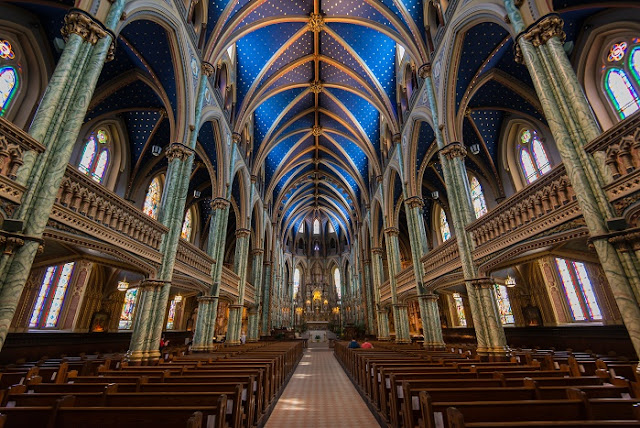Katekismo Corner: On Ecclesiology: Part II: No: 37
On Ecclesiology: Part II
In the First Vatican Council’s Dogmatic Constitution on the Catholic Faith, the proper name “the Holy, Catholic, Apostolic and Roman Church” was used. However in Lumen Gentium of Vatican II, the adjective “Roman” was dropped that is why in the Catechism of the Catholic Church promulgated by Pope St. John Paul II in 1992, there is also no mention of a “Roman Catholic Church”. There is only the Catholic Church. But in this Catholic Church, there are various Churches who remain in communion with the Pope but have preserved their ancient Rites. Thus, there are distinctions according to Rites: Roman or Latin, Alexandrian, Antiochene, Armenian, Byzantine and Chaldean.
Why was “Roman” used in the first place? To have a clearer understanding of this, we remember first that Jesus Christ established His Church founded on the Apostles. And when the Church grew on account of the preaching of the Apostles, Particular Churches were born. When Saints Peter and Paul went to Rome, the center of the Roman Empire, the Church of Rome was also established, and more Churches were born as the Christian Faith spread across Europe. Many though these Churches were, all of them were members of the One Church of Christ. Since Peter among the Apostles was primus inter pares, first among equals, the Church of Rome inherited pre-eminence and “presides in charity”, as the Catechism puts it, over the Particular Churches.
Bishops, as successors of the Apostles, respectively preside over their Particular Church. However, the Bishop of Rome, as the successor of Peter, presides in charity over these other Bishops. As the Christians must be in communion with their Bishop, Bishops must also be in communion with the Bishop of Rome, who later, was called the Pope. This character of communion among the Churches makes up the universality of the Church of Christ that St. Ignatius of Antioch and, later on St. Irenaeus, termed as Catholic. In short, to be Catholic is to be in communion with the Pope.
In the course of time, differences of opinions and beliefs arose that brought about heresies, meaning, the teachings incompatible with the Catholic Faith and declared by the Church as false or erroneous. Worse, refusal to acknowledge and obey the authority of the Pope brought schisms, meaning, the breakaway or separation from full communion with the Catholic Church. The Great Schism of 1054 and the Protestant Reformation in the 16th century brought about colossal divisions in the Church.
There were, however, Churches who remained in communion with the Pope. One of those who separated were the Anglicans or the Church of England. It was they who called those who remained loyal to the Pope as Roman Catholics because the Anglicans considered those who follow the Church of Rome, the Roman Catholics, as just a branch of the Catholic Church.
This, of course, is not true and is to be rejected. We believe that the True Church of Christ is the One, Holy, Catholic and Apostolic Church and to be a true member of this Church is to be in humble and faithful communion with the Pope, the Vicar of Jesus Christ.




Comments